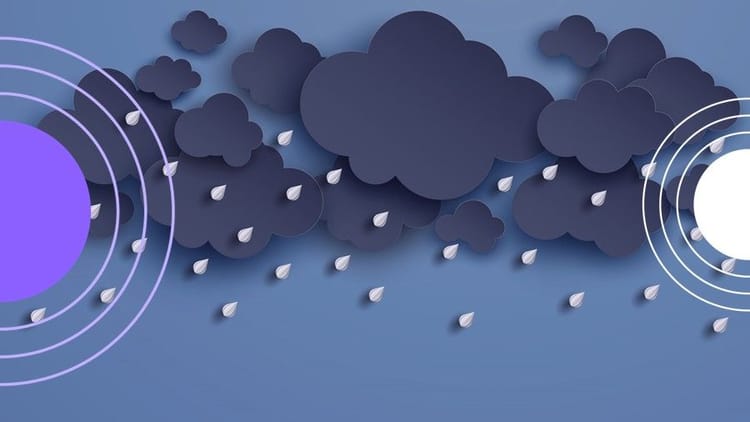California needs to forget rainy day funds and buy an ark

I lived in both San Francisco and Los Angeles for a number of years and loved their weather. That said, I sometimes felt as though I was living on the knife’s edge of geological fate—that being the San Andreas fault. This truly is geological fate. Even a small twitch—and I saw a few—shakes civilization to an abrupt halt. So, I put this and the many other geological faults at the top of a California stopper. It’s one of the things which really could stop the juggernaut California economy.
The other candidates include floods, fires, invasions and a number of other catastrophes, along with sons of COVID. At some level of intensity, no state economy could survive any one of these, let alone the combination inflicted recently on the state of California. It’s been a hard year of environmental events in the West. Surely it will seem odd to the current residents to think that they have been lucky. But they have.
The recent rain storm, an atmospheric river, was a good example. While these storms have been attributed to global warming, it has an almost perfect precedent a century ago. During the 19th Century Gold Rush, California got swamped by an atmospheric river, which was unmatched in our era until recently. Then fortunes were being made and lost working in central California. It was a gold rush which, like the rain, was unmatched too until these times.
What is an atmospheric river?
The idea of an atmospheric river emerged during the 1990s. Until then, winds coming off the Pacific Ocean carried moisture in what was generally thought to be of a fairly random nature. That was wrong and, as the thousands of new satellite pictures showed in the 1990s, water came in concentrated rivers several times the volume of the Mississippi river at its mouth. Hundreds of miles wide, atmospheric rivers are essential to the earth’s recycling of water and just as importantly, a threat of devastating dimensions.

Great Flood of 1862
1862 was so long ago that many would think that it holds little relevance today. This might be true if it were not another geologic knife edge for California to live on and an example of what is in store from atmospheric rivers of the future. In the Great Flood it rained unmercifully for over a month as atmospheric rivers descended on the state. The result was a flooding of the state capital which forced the legislature to evacuate. The entire central valley was inundated. A lake was created in the center of the state 300 miles long, rivaling the size of Lake Superior.
The state of California will see this happen again with a probability of almost one since it has occurred repeatedly for centuries. We got one river last week. State officials have indicated that last week’s storm exceeded the one-day rainfall of the 1862 storm. But then in 1862, there wasn’t one storm. A series of storms kept coming.
California and the West have been hit repeatedly in recent years and we can expect more. Atmospheric rivers are now seen as so common that atmospheric rivers are given storm ratings, similar to hurricanes. Overall, they have the same risk for being the “big one” as the San Andreas fault.
A whole new meaning to a “Rainy Day Fund”
Our understanding of weather in California needs to make it into the state budget. The Drought/Fire/Flood cycle is no accident, but a standard feature of the climate. Atmospheric rivers are a regular event and need in some sense to be budgeted for separately. The state infrastructure needs to accommodate them. It’s more than disconcerting to hear the cheers that an atmospheric river has put out the forest fires. This should be seen as a natural cycle, which brings water to California and with it great risk. Hearing the cheers from budget surpluses being handed out to the population in the midst of catastrophic droughts and lumbering atmospheric rivers will have a hollow ring when the big river in the sky hits again. Costs can easily be in the trillions of dollars.
For investors, atmospheric rivers are another San Andreas fault risk --a low probably enormously high impact event. California should aggressively prepare for it. Investors should be sure to diversify their investments and not be overly exposed in the earthquakes, floods and fires of the state.
We hope you enjoyed this article. Please give us your feedback.





